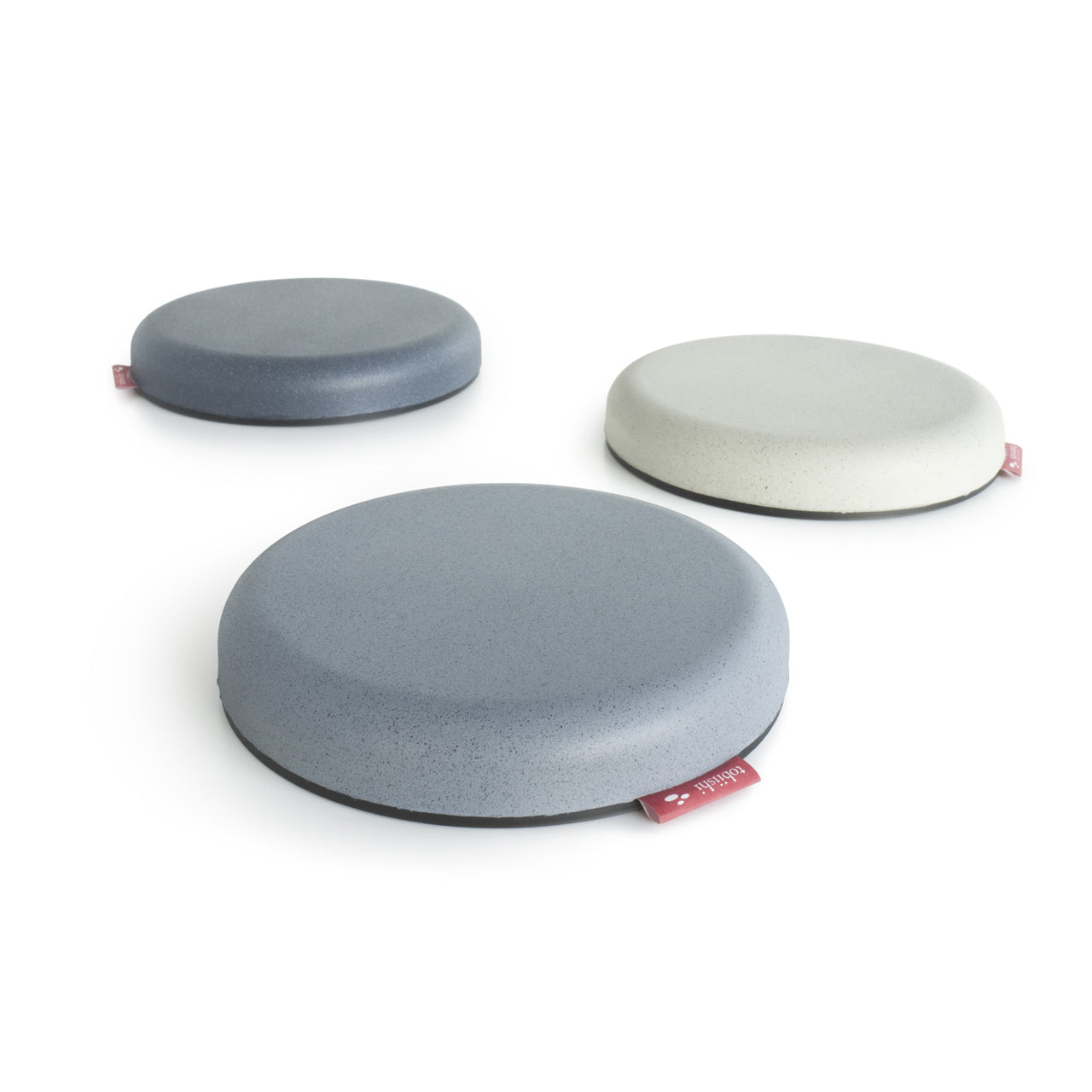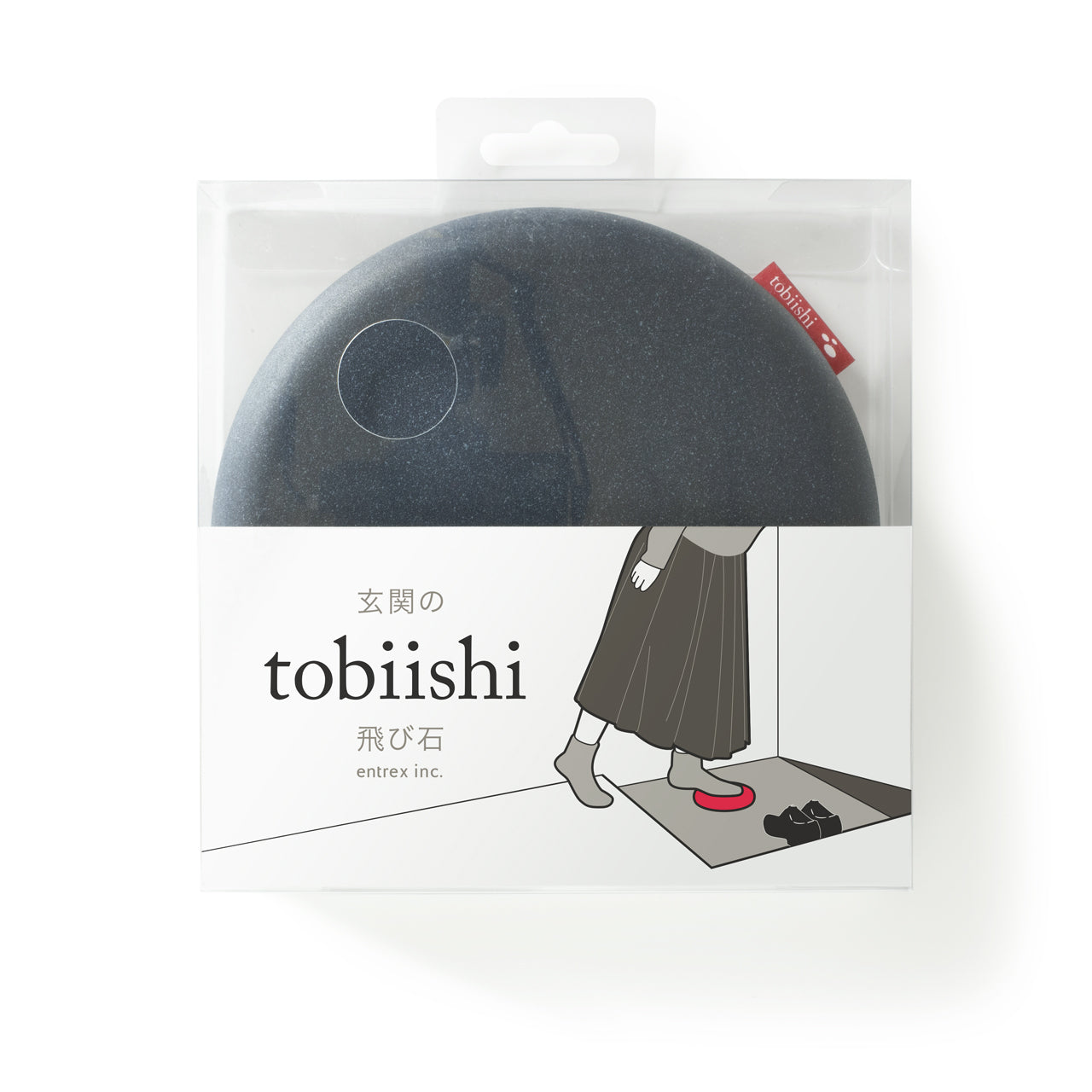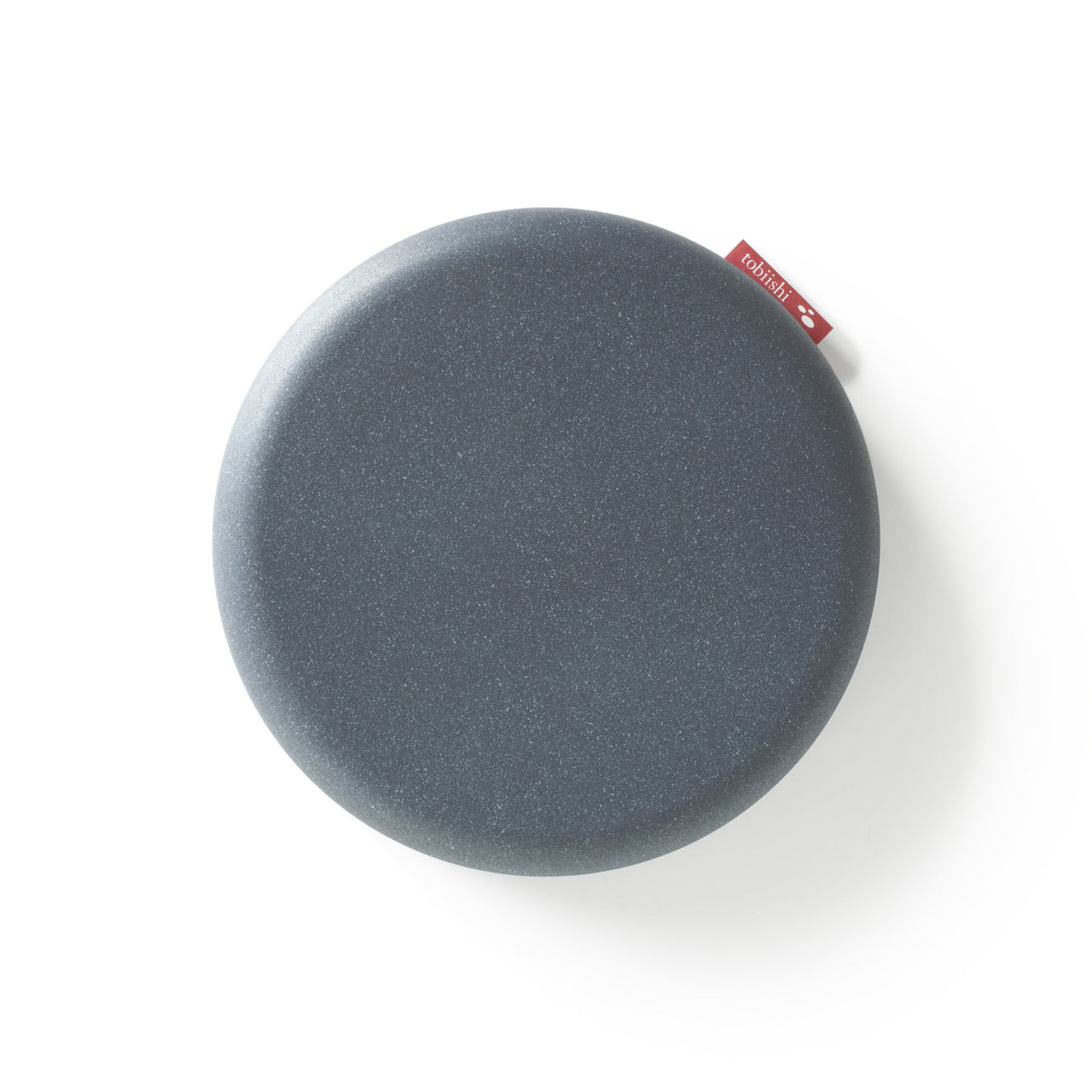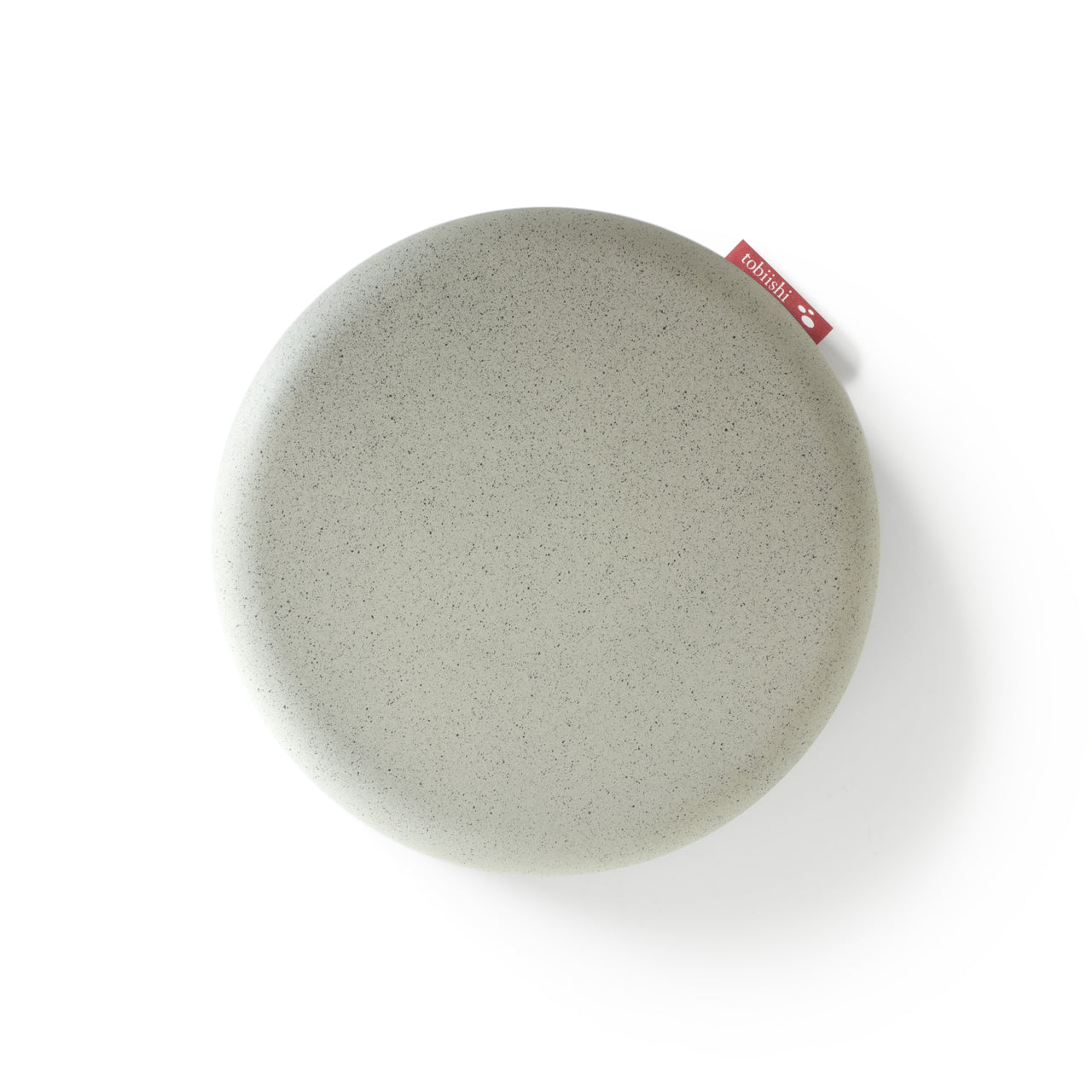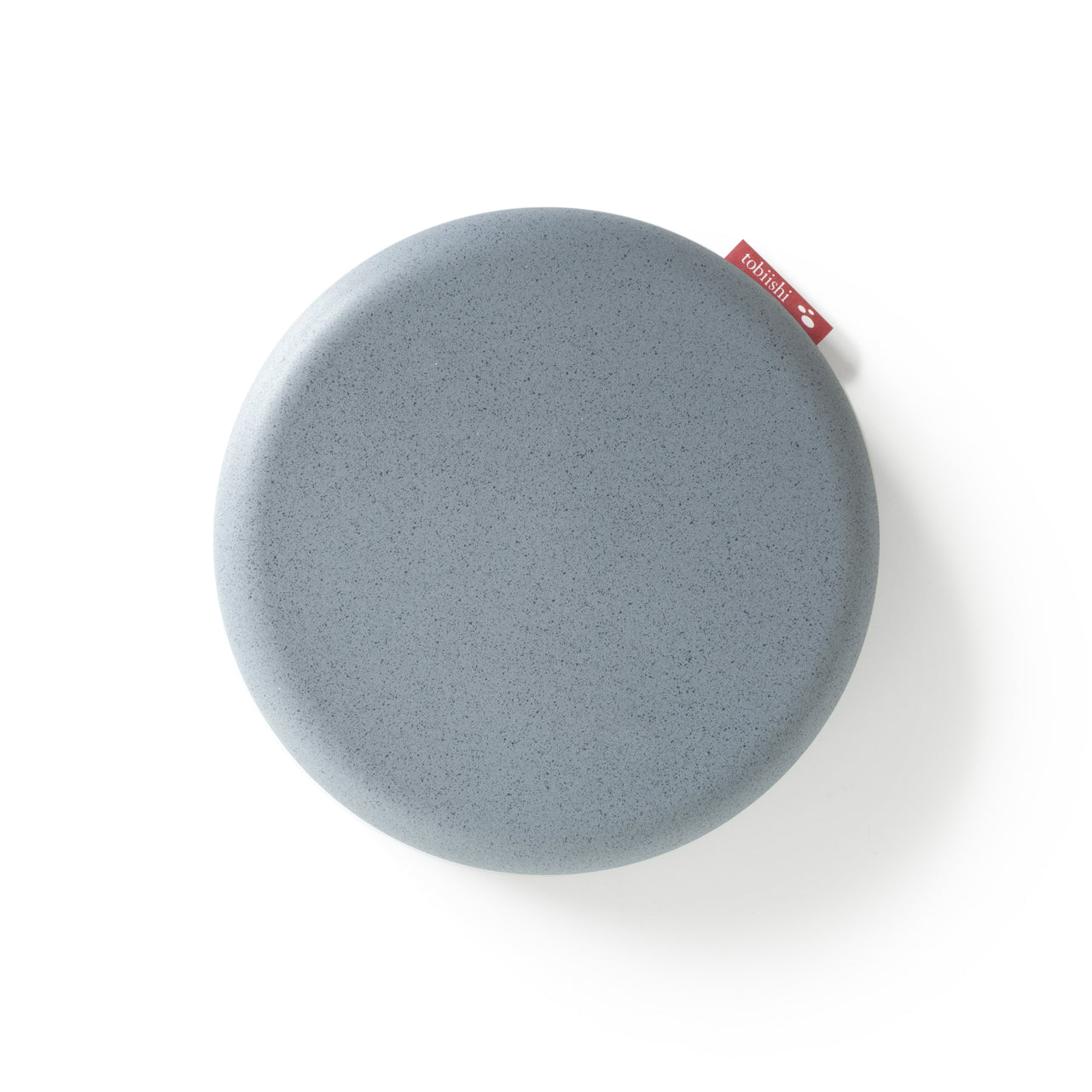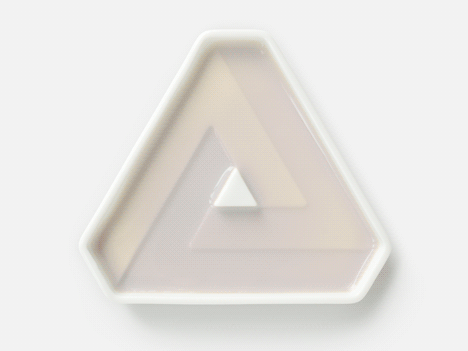Collection: Tobiishi
Someone at the door? a friend? a delivery?
There’s no need to wriggle into a pair of shoes, or perform an awkward stretch manoeuvre to reach the door handle…
Named after the Japanese word for stepping stone, “Tobiishi” creates a designated, comfortable and clean spot to temporarily step upon, so you can answer the door effortlessly before returning to the comfort of your own home.
Client
Designed in collaboration with EntreX Inc. for BCL (Japan).
Background and design concept
Tobiishi is a touch of British design and invention for the Japanese home interior.
Japan is a country full of rules that are taken very seriously and a standard custom is that of taking your shoe’s off when entering a private space.
In the UK, most people also consider it extremely rude to keep your shoes on inside the house, and although a British host may never mention the fact that you are traipsing dirt all over their carpets directly to your face, you can be sure that you will never be invited again! ^^
In Japan however, this ‘unwritten rule’ is taken one step further by embedding it directly into the architecture of apartments, in the form of a sunken porch or ‘genkan’ area by the door, a little lower than the rest of the floor space.
A mainstream element of interior design to the Japanese eye, but an interesting and novel idea to an immigrant, that demonstrates how design can be used instead of words to guide human behaviour.
Soon after setting up my design studio in Tokyo in 2012, I found some key flaw’s during my experience of this new ‘space’ and turned to product design to solve them.
The problem is, when answering the door to greet friends or accept a delivery, there is no ‘clean’ area to step on to reach the door, and so the only options are to scramble into a pair of shoes, take a single step, then take them off again a few seconds later, or play a ridiculous game of lean-and-balance-awkwardly.
The solution was inspired by garden stepping stones, especially those in Heian-jingu shrine’s garyu-kyu pond in Kyoto, which Scarlett Johansson doddles over in the film ‘Lost in Translation’. The function of the product mirrors that of a stepping stone, so styling the product on a stone not only a fits poetically, but also helps silently communicate this new invention’s function to users.
Echoing the concept of the Japanese genkan space, design is used instead of words to guide human behaviour.
Specification
- ∅149mm x 25mm, 158g
- 154mm x 154mm x 28mm, 199g (in packaging)
- Soft PU with slip-resistant rubber base.
- Dark Grey, Grey, & Light Grey colour ways.
- Speckled, stone-like surface finish.
Featured projects...
-
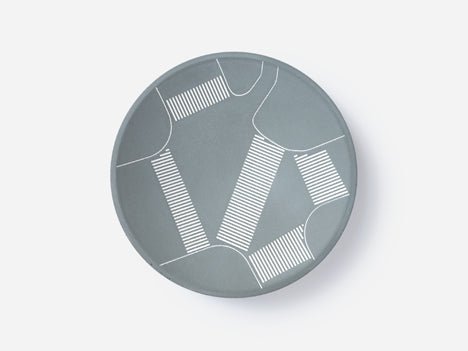
Shibuya In & Out Tray
Inspired by the passengers and vehicles that drift in and out of...
-
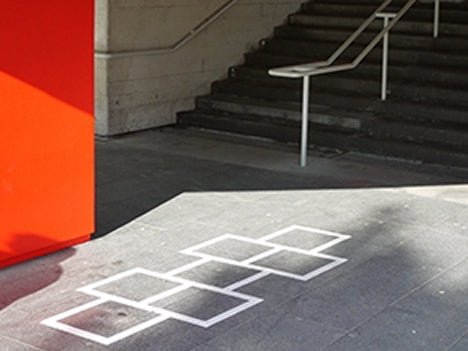
Project Hopscotch
Public space art project. Temporary installation of hopscotch courses, in-line with public...
-

Colour O’Clock
A modern wall-clock that complements the passing of time with colour. As...
-
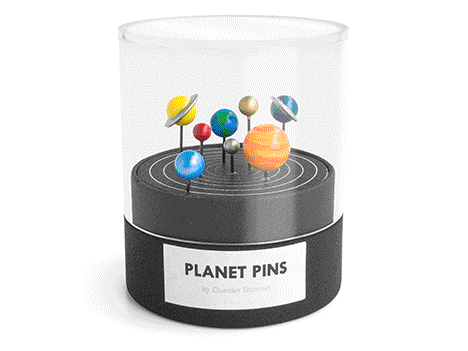
Planet Pins & The Moon
Push Pins. Hand-painted solar system stationery & hand cast concrete moons.
-
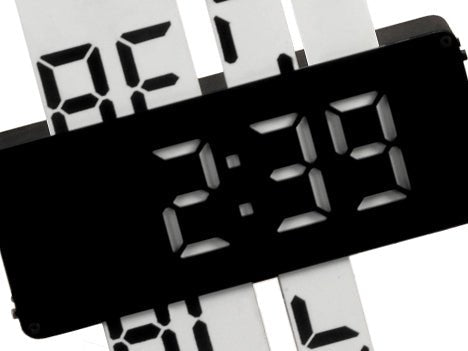
Digimech Clock
An electromechanical clock that displays time using a seven-segment interface, more typically...
-
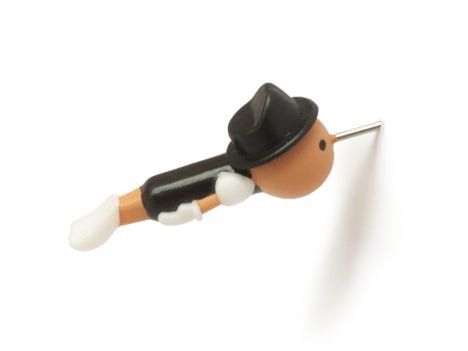
Realboy push pins
Hand painted Pinocchio-inspired push pins.
-

Mi-light “Spiral”
A table light design that gives the owner the ability to adjust...
-

Cloud Keyholder
Hidden magnets hold three sets of keys underneath the wall mounted cloud...
-
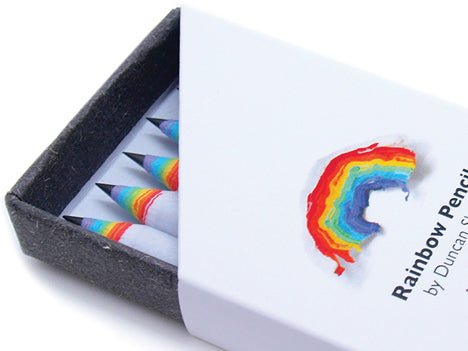
Rainbow Pencils
Made from recycled paper, rainbow pencils let you create beautiful paper rainbows...
-

Remote control pop-up shop
The second in a series of creative pop-up shops held in Harajuku,...
-
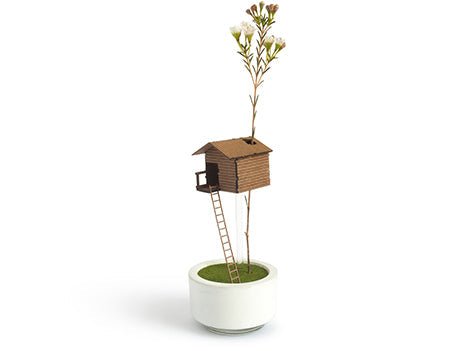
Treehouse Vase
A single flower vase that brings warm memories of childhood to your...


